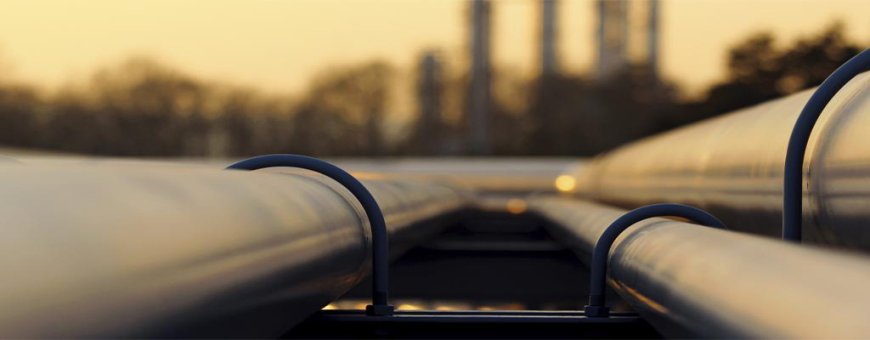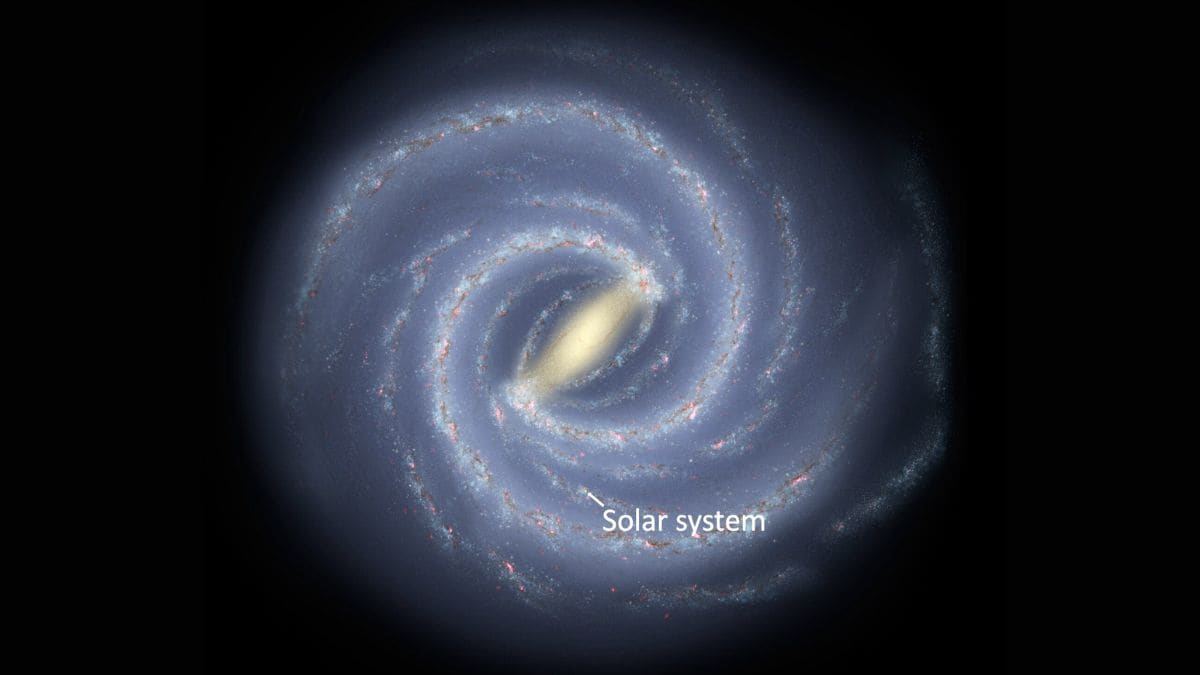U.S. Sits on Billions of Untapped Oil Barrels

The United States is the largest oil and gas producer in the world. It is also experiencing a slowdown in its oil production for a number of reasons, including natural depletion. The U.S. Geological Survey, however, has just published a study stating that there are almost 30 billion new barrels of untapped oil—under federal lands, no less.
Oil and gas drilling was a contentious topic during the Biden administration. The administration decidedly did not like it and put a serious effort into curbing this drilling as much as the law allowed. As soon as Donald Trump became president, the tables turned and drilling on federal lands became very much a desirable direction for federal energy policy to move in, with the President prioritizing affordable energy and higher exports.
Now, the U.S. Geological Survey has thrown its weight behind the American energy dominance idea, reporting estimated undiscovered oil reserves of 29.4 billion barrels across the country, with the leader being Alaska with 14.46 billion barrels of untapped oil under federal lands. New Mexico is next, with 8.925 billion barrels of undiscovered oil, followed by Nevada, with 1.4 billion barrels. Untapped gas reserves on federal land were estimated at over 391.55 trillion cu ft. Now, the only question is when these hitherto untapped resources will be tapped.
The number of drilling rigs in the U.S. oil patch has been on a steady decline recently, reflecting an extended weakness in international prices. This has now changed, of course, after Israel attacked Iran on June 13, but the industry is in no rush to reverse course for the time being. The industry is playing it safe, not least because cheap drilling sites are running out—or maybe not, if the USGS assessment of untapped resources is correct.
For years now, the biggest production growth driver of U.S. oil has been the Permian Basin, spanning Texas and New Mexico. The Permian has single-handedly offset declines in a number of other shale plays and largely uneventful day-to-day business in conventional fields. But the Permian is not inexhaustible, and more importantly, it’s not cheap to drill everywhere there. So, costs are rising in the Permian as some parts of the play hit their geological limits while others, yet to be drilled, are not expected to be as prolific as that top-tier acreage that the industry is running out of currently.
This has sparked some concern among commentators, although some have argued that there may yet be another boom left in the most prolific shale play in the country. Yet with the USGS’s new assessment of undiscovered reserves, such a boom becomes less important for the current administration’s dominance plans. If there are 14.46 billion untapped barrels of crude under Alaska alone, shortage of new oil will not become a problem for the world’s top producer anytime soon.
“American Energy Dominance is more important than ever, and this report underscores the critical role science plays in informing our energy future,” Secretary of the Interior Doug Burgum said in comments on the USGS study. “Thanks to the USGS's rigorous and independent assessment, we're better equipped to manage America’s vast public lands responsibly while supporting energy security and economic opportunity.”
Crude oil is currently trading at over $75 per barrel. In fact, WTI is climbing closer to $76 per barrel amid the spike in violence in the Middle East. How long this will hold is anyone’s guess, but the fact is that prices are set for their third consecutive weekly rise. This is a short-term development, of course, while oil companies are more interested in the long-term outlook for their business. This is also uncertain, alas, because federal policy could flip in three years just like it flipped when Trump took the helm.
Indeed, environmentalists are massively unhappy about any oil and gas drilling on any federal lands. “America’s public lands are intended to be held in trust for all people in this country, and their resources managed carefully and in perpetuity,” a Natural Resources Defense Council blog post from February said, as quoted by Bloomberg. “As the Trump administration shifts to a pro-industry footing to help rich dirty energy companies get even richer, we’re seeing this trust responsibility shirked in shocking and truly damaging ways,” the author, senior program advocate Josh Axelrod, wrote.
The Center for American Progress claimed earlier this year that more drilling on federal lands would not bring down energy costs for Americans, in part because companies were uninterested in the acreage that the federal government had to offer, and also, they worked like a cartel to set prices. Such attacks on oil and gas will no doubt intensify—even as banks, the actual people with the money, walk back their climate commitments and boost investment in oil and gas. With or without these attacks, however, tapping those billions of barrels would depend on one thing only: whether it makes economic sense. With new discoveries few and far between globally, they might start making such sense before very long.
By Irina Slav for Oilprice.com








































